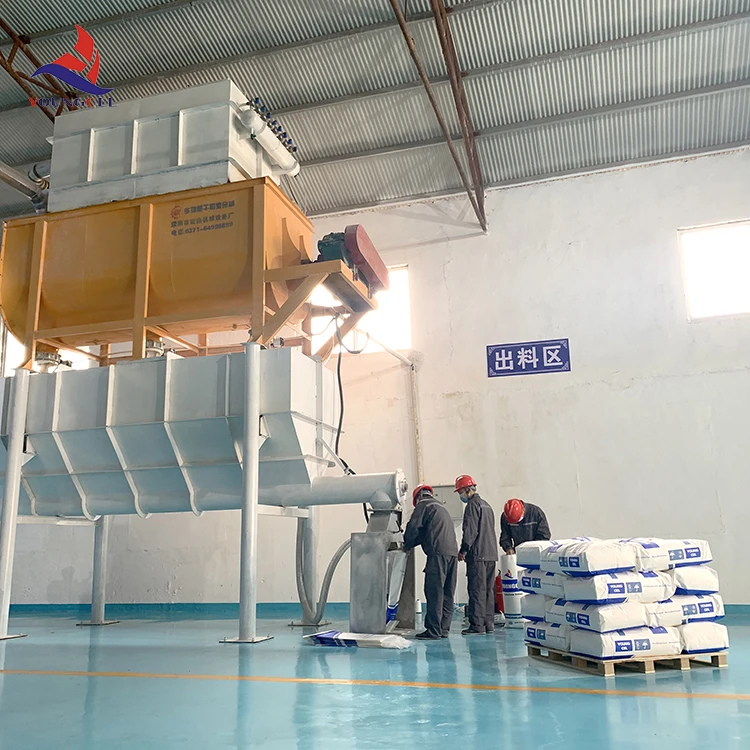Understanding HPMC A Chemical Perspective
Hydroxypropyl Methylcellulose (HPMC) is a semi-synthetic polymer derived from cellulose, a natural polymer obtained from the cell walls of plants. HPMC is primarily used in various industries due to its unique properties, which include water solubility, thickening capabilities, and film-forming abilities. This article explores the chemical characteristics, applications, and importance of HPMC in various fields.
Chemical Structure and Properties
HPMC is produced by modifying cellulose through the introduction of hydroxypropyl and methyl groups. The process involves treating cellulose with propylene oxide and methyl chloride under controlled conditions. The degree of substitution, which refers to the average number of hydroxyl groups replaced by hydroxypropyl and methyl groups, influences the properties of HPMC, including its solubility and viscosity.
One of the key features of HPMC is its solubility in water. It dissolves easily in both hot and cold water to form a viscous solution, making it an excellent thickening agent. The unique combination of hydrophilic (water-attracting) and hydrophobic (water-repelling) characteristics allows HPMC to stabilize emulsions and suspensions effectively. This balance between hydrophilic and hydrophobic regions also contributes to its ability to form films and gels, which are essential in various formulations.
Applications of HPMC
Due to its versatility, HPMC finds applications in numerous fields, including pharmaceuticals, food, construction, and cosmetics.
1. Pharmaceuticals HPMC is widely used in the pharmaceutical industry as a binder, emulsifier, and film-forming agent in tablet formulations. Its ability to enhance the dissolution profile of active ingredients makes it essential in controlled-release drug formulations, where a steady release of medication is required over time.
chemic hpmc

2. Food Industry In the food sector, HPMC is employed as a food additive to improve texture and consistency. It acts as a thickener in sauces, dressings, and dairy products, providing a creamy mouthfeel without adding calories. Additionally, HPMC is a popular vegetarian alternative to gelatin in the production of capsules for dietary supplements.
3. Construction Materials HPMC serves as an additive in cement and mortar to enhance workability and adhesion. It helps retain water in cement mixes, allowing for better hydration and improving the durability of the concrete once set. This property is especially valuable in sprayable or pre-mixed formulations.
4. Cosmetics and Personal Care In the cosmetics industry, HPMC is utilized for its film-forming and thickening properties. It is found in a wide array of products such as lotions, creams, shampoos, and gels, where it contributes to the overall texture and stability of the formulation.
Importance of HPMC in Modern Applications
The increasing demand for natural and synthetic polymers in various sectors has led to the growing prominence of HPMC. Its non-toxic and biodegradable nature aligns with contemporary trends towards eco-friendly and sustainable products. As regulations around safety and environmental impact become stricter, HPMC offers a reliable alternative to some synthetic ingredients traditionally employed in similar applications.
Moreover, HPMC's compatibility with a wide range of active ingredients further enhances its appeal in pharmaceutical formulations. Its ability to modify the release rate of drugs not only provides a therapeutic advantage but also enhances patient compliance by reducing the frequency of doses required.
Conclusion
Hydroxypropyl Methylcellulose is more than just a thickening agent; it is a multifunctional polymer integral to many industries. Its unique chemical structure imparts essential properties that enable its use across various applications, from pharmaceuticals to construction materials. As research continues and applications expand, HPMC's role in sustainable product development and formulation innovation is poised to increase, highlighting its significance in our everyday lives.
-
Rdp Powder: Key Considerations for Wholesalers in the Building Materials IndustryNewsJul.08,2025
-
Key Considerations for Wholesalers: Navigating the World of Hpmc - Based ProductsNewsJul.08,2025
-
Hpmc Detergent: Key Considerations for WholesalersNewsJul.08,2025
-
Key Considerations for Wholesalers: China Hpmc For Tile Adhesive, Coating Additives, Concrete Additives, and MoreNewsJul.08,2025
-
Crucial Considerations for Wholesalers: Navigating the World of Construction MaterialsNewsJul.08,2025
-
Key Considerations for Wholesalers Sourcing Additive For Cement, Additive For Concrete, Additive For Putty from Additive Manufacturer Shijiazhuang Gaocheng District Yongfeng Cellulose Co., Ltd.NewsJul.08,2025




